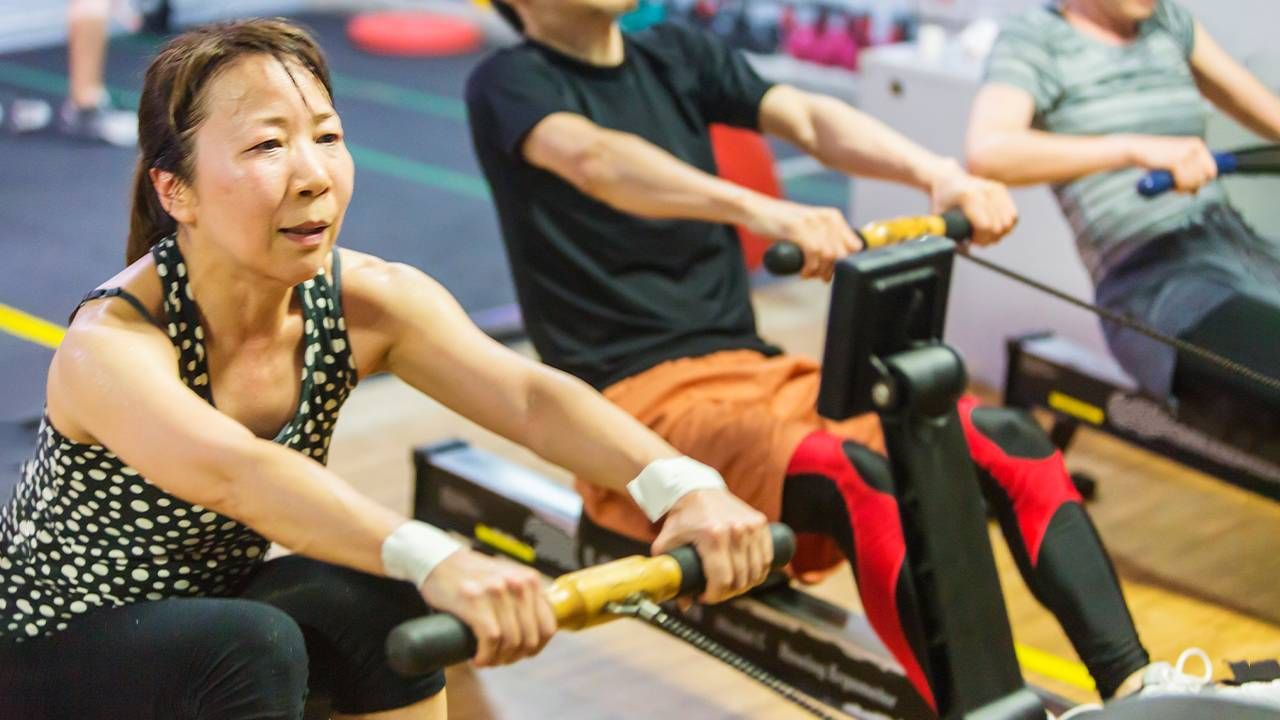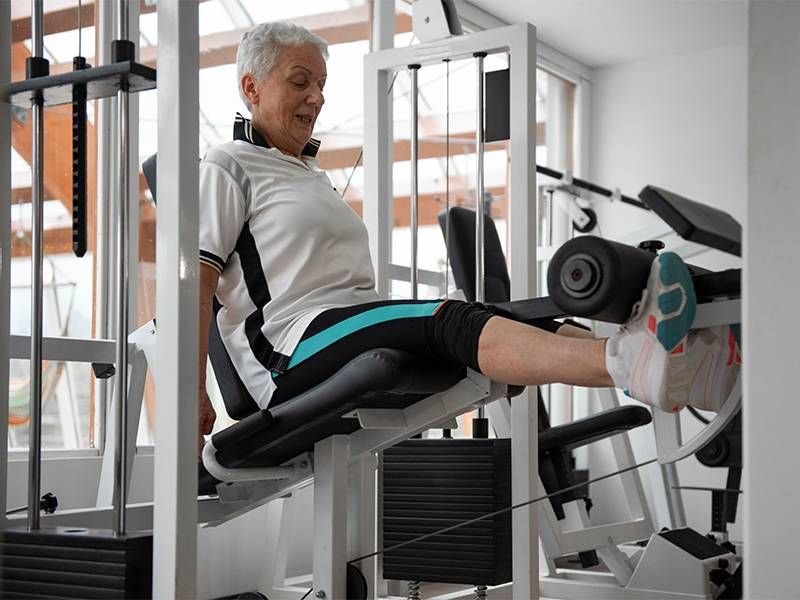Yoga, pilates, HIIT and weight lifting are all good, but some are better at slowing cognitive decline

It makes sense, then, that so many people feel a powerless kind of fear when pondering their cognitive futures. A big question mark looming out there beyond age 65: "Will I get it, or will I be lucky?"
Happily, according to leading brain scientists, luck has little to do with it for most people.

Prevention, The Magic Pill
While there is no cure for Alzheimer's disease, and an estimated 3% of all cases are entirely genetic, recent research suggests that some lifestyle interventions could slow its progression.
"Whenever we apply behavior change to a population, we're looking to create sustainable habits with small successes people can see right away, and nothing is better than exercise.
Dr. Dean Sherzai, a clinical neurologist and co-director of the Brain Health and Alzheimer's Prevention Program at Loma Linda University in California, has developed a five-component lifestyle intervention therapy he uses with patients.
"We have people coming to us with early signs, or so-called subjective impairment, and then we have people a little more advanced, classified as having mild cognitive impairment, or MCI," Sherzai explained. "We give them interventions, give them advice on changes they can make to their lifestyle components and we look at what happens."
Most Popular
- Why Are Adult Children Cutting Ties With Their Parents? | Living
- 2 Ways to Give Loved Ones Access to Your Bank Accounts After You Die | Estate Planning
- Steven Petrow's Advice On Stupid Things Not to Do When You Get Older | Living
- The Villages Is a Success Story, But Many of Us Want Something Different in a Place to Live as We Get Older | Money & Policy
Of the five components in Sherzai's lifestyle intervention, exercise is the one he typically recommends implementing first.
"Whenever we apply behavior change to a population, we're looking to create sustainable habits with small successes people can see right away, and nothing is better than exercise. It's easy to implement, measurable and precise, with a fast return," Sherzai said.
After only a few weeks of regular exercise, his patients often feel better, get better sleep and their lipid and blood glucose profiles improve. Sherzai explained that these are some of the indirect ways exercise reduces risk for Alzheimer's, because each of those factors are associated with higher rates of the disease.

He also listed three direct links between exercise and improved brain health:
First direct benefit: Exercise increases blood flow to the brain, which delivers more oxygen and nutrients.
Second direct benefit: It simultaneously flushes inflammatory and oxidative elements out the brain faster. "Cognitive decline starts vascularly," Sherzai said, "and exercise helps with this more than anything else.
Third direct benefit: An increase in a chemical called brain-derived neurotrophic factor (BDNF) which Sherzai says, "is almost like growth hormones for neurons, but specifically for the connections between neurons." Maintaining these neuronal connections is a key in preventing Alzheimer's disease.
What Type of Exercise Is Best for Brain Health?
While brain scientists agree that exercise is good for preventing cognitive decline, they don't yet know if any one type is better than another, but it's something scientists are starting to research. For now, multiple studies have shown that both aerobic and resistance training have major cognitive benefits.
In a study published in July 2021 in the Journal of Applied Physiology, brisk treadmill walking at moderate-to high-intensities was shown to improve performance on memory tests of participants previously classified with MCI, aged 55 to 80.
Tsubasa Tomoto of the Department of Neurology at the University of Texas Southwestern Medical Center in Dallas, led the research on this year-long study, which focused on the vascular function of the brain before and after the exercise intervention.
"Your legs — not the heart — are the largest pump in the body and moving that blood changes the architecture of the brain's vascular system. It makes it healthier."
"We showed that the aerobic training improved cerebral vascular motor reactivity (CVMR), whereas stretching (the control in this study) had no effect. That improved CVMR also correlated to improvement on more memory scores," said Tomoto.
The Texas study used moderate- to high-intensity continuous exercise to achieve the results, but other studies have shown positive outcomes with High-Intensity Interval Training (HIIT) and resistance training as well.
In fact, a 2020 Australian study published in the journal NeuroImage: Clinical showed six months of resistance training not only resulted in improved cognition, but protected a region of the brain particularly vulnerable to Alzheimer's disease for up to a year after cessation of exercise.
Here, participants aged 55 and over did three sets of eight repetitions of five exercises three times per week. The exercises were done on pneumatic resistance machines and included the chest press, leg press, seated row, standing hip abduction and knee extension.
Intensity Matters
While a wide variety of exercise types offer protection against developing Alzheimer's disease, they all tend to be fairly intense. Sherzai noted that there is some evidence that there may be an upper limit to the intensity, above which there is no added benefit, or possibly even harm. But generally speaking, the more strenuous your workout, the better.
"Both aerobic and anaerobic exercise are effective," Sherzai said, "but they must be strenuous enough to get your blood pumping."
He especially recommends exercises involving the legs, whether that's walking, running, cycling or weight lifting, because, "your legs — not the heart — are the largest pump in the body and moving that blood changes the architecture of the brain's vascular system. It makes it healthier."
For those not healthy enough to engage in moderate or strenuous activity, Sherzai says that lighter exercise still has both direct and indirect benefits for the brain. It's not one or the other, but rather a matter of degrees.
The take-away here is this: Exercise! As often as you can, for as long as you can, as strenuously as you can. Your brain will thank you.

